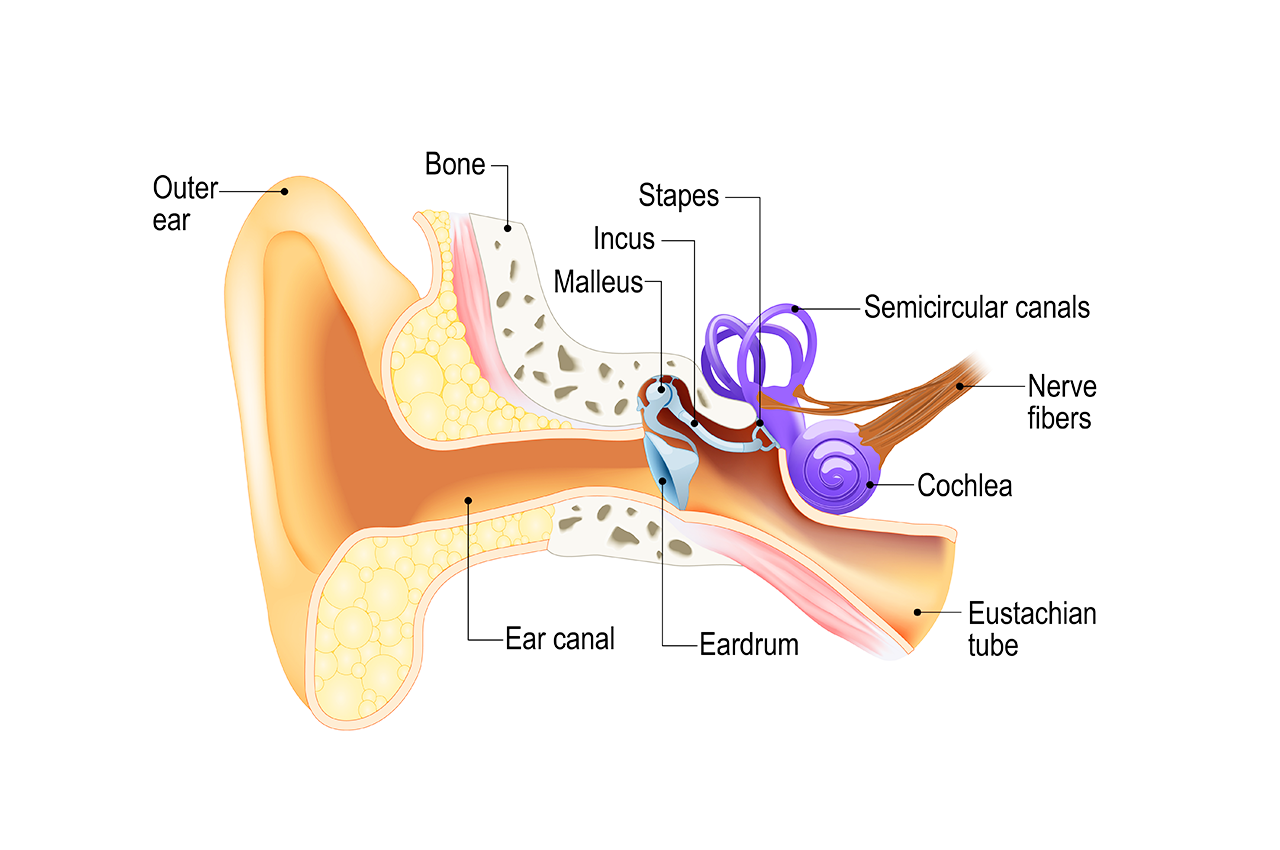Earwax’s job is to keep your ears healthy and prevent dust and foreign objects from getting inside. If you didn’t have earwax, your ears would be itchy, dry and could easily become infected. Sometimes, infection or injury can lead to a fluid discharge.
Common discharges from the ears include:
Trauma
Trauma to the ear canal can be caused by:
- Pushing a cotton swab too deeply in your ear when cleaning it
- Increase in pressure when flying
- Loud noises, which may rupture your eardrum
Middle ear infection
The middle ear is behind the eardrum. It contains three bones called ossicles which are vital to hearing. Infection commonly happens when bacteria or viruses make their way into the middle ear, causing fluid to build up behind the eardrum. If there is too much fluid, there’s a risk of damage of the eardrum, which then leads to ear discharge.
Swimmer’s ear
This happens when bacteria or fungus infects your ear canal, typically when you spend long periods of time in water. The excessive moisture inside your ear can break down the skin on the walls of your ear canal, allowing bacteria or fungus to enter and cause an infection.
If you have a skin condition, such as eczema, you may also be at risk of developing swimmers ear. Eczema can easily break the skin in the ear canal, allowing germs to get in.
Other types of ear discharge include:
- Yellow and soft
New earwax
- Dark and firm like tar
Old earwax
- Flaky and pale
Older earwax that has moved to the outside of the ear or side effect of wax removal
- Runny and cloudy
Ear infection
- Cloudy fluid or pus draining
Ear infection. The pus drainage is a result of a small tear in the eardrum.
- Black
Earwax build-up, foreign object in the ear, and impacted earwax.
- Blood
This could be an injury to the ear. Usually, it’s just a minor scratch of the lining of the ear canal.
Cleaning your ears
Earwax isn’t formed in the deep part of your ear canal; it’s made in the outer section. So when you chew and move your jaw, you help move old earwax out of the ear canal to the ear opening. That’s where it usually dries up and falls out.
The only reason you’d have an earwax blockage up against your eardrum, is if you had tried to clean your ears with a cotton bud or something similar and pushed the wax in deeper.
Swabbing or sticking pointy and sharp objects inside your ear can cause other serious problems like:
- Infections
- Rupture of the eardrum
- Hearing loss
If your problem isn’t as serious, but you feel like you have too much earwax build-up, gently clean the outside of your ears with your washcloth.
You also can try putting a few drops of baby oil, mineral oil, olive oil or glycerine in your ear to soften the wax.
When to see a doctor
Ear discharge happens for many reasons and can sometimes be a sign of something more serious, especially after a recent head injury. Should you notice any unusual ear drainage after a head injury, see a doctor immediately.
If earwax build-up has caused discomfort and home remedies have not been helpful, your doctor might need to physically and safely remove the earwax. Untreated build-up can lead to hearing loss, irritation, pain in the ear, dizziness, ringing in the ears and other problems.

